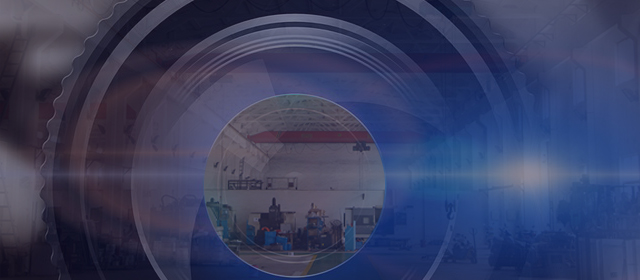Advantages and disadvantages of sand casting
Published:0713, 2023
Sand casting, as the name suggests, is a casting method for producing castings in sand molds. Sand casting is a common casting process in casting production, mainly using wood or other metal materials to make casting molds, then placing resin sand particles in the mold to complete the core making, followed by melting, forming, cleaning, heat treatment, etc., in order to obtain the finished sand casting parts.
Everything has its two sides. Let's first talk about the advantages of sand casting:
1. Wide selection of materials. Sand casting can complete the casting of many metal raw materials, such as steel, iron, and most non-ferrous alloy materials. As long as it is a metal that can be melted, sand casting can be easily completed;
2. Design flexibility. Sand casting can produce castings as small as a few grams and as large as a few tons, and the size of the parts can also be adjusted according to the casting requirements. Whether it is a simple or complex shape, or something that cannot be completed by other casting methods, sand casting can solve it with small casting limitations.
3. Low production cost. Compared with other casting methods, the molds and equipment used in sand casting have lower costs and relatively lower prices.
Sand casting also has its shortcomings:
1. Low strength and dimensional accuracy. The castings produced by sand casting have low strength and poor dimensional accuracy due to their high porosity;
2. Poor surface finish. In sand casting, casting sand and molding sand binder are mainly used. If the sand mold is not properly selected, it is easy to cause obvious Surface finish of the internal sand mold wall, which seriously affects the surface appearance of the casting.
The above is the analysis of sand casting and its advantages and disadvantages. I hope it can be helpful to you!
Everything has its two sides. Let's first talk about the advantages of sand casting:
1. Wide selection of materials. Sand casting can complete the casting of many metal raw materials, such as steel, iron, and most non-ferrous alloy materials. As long as it is a metal that can be melted, sand casting can be easily completed;
2. Design flexibility. Sand casting can produce castings as small as a few grams and as large as a few tons, and the size of the parts can also be adjusted according to the casting requirements. Whether it is a simple or complex shape, or something that cannot be completed by other casting methods, sand casting can solve it with small casting limitations.
3. Low production cost. Compared with other casting methods, the molds and equipment used in sand casting have lower costs and relatively lower prices.
Sand casting also has its shortcomings:
1. Low strength and dimensional accuracy. The castings produced by sand casting have low strength and poor dimensional accuracy due to their high porosity;
2. Poor surface finish. In sand casting, casting sand and molding sand binder are mainly used. If the sand mold is not properly selected, it is easy to cause obvious Surface finish of the internal sand mold wall, which seriously affects the surface appearance of the casting.
The above is the analysis of sand casting and its advantages and disadvantages. I hope it can be helpful to you!



